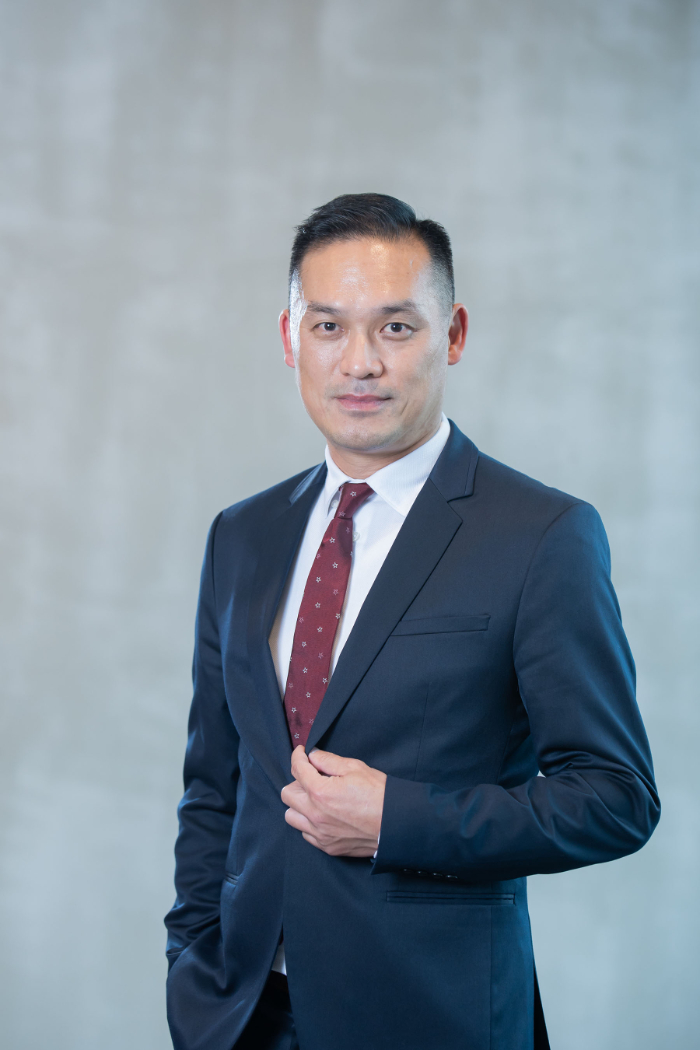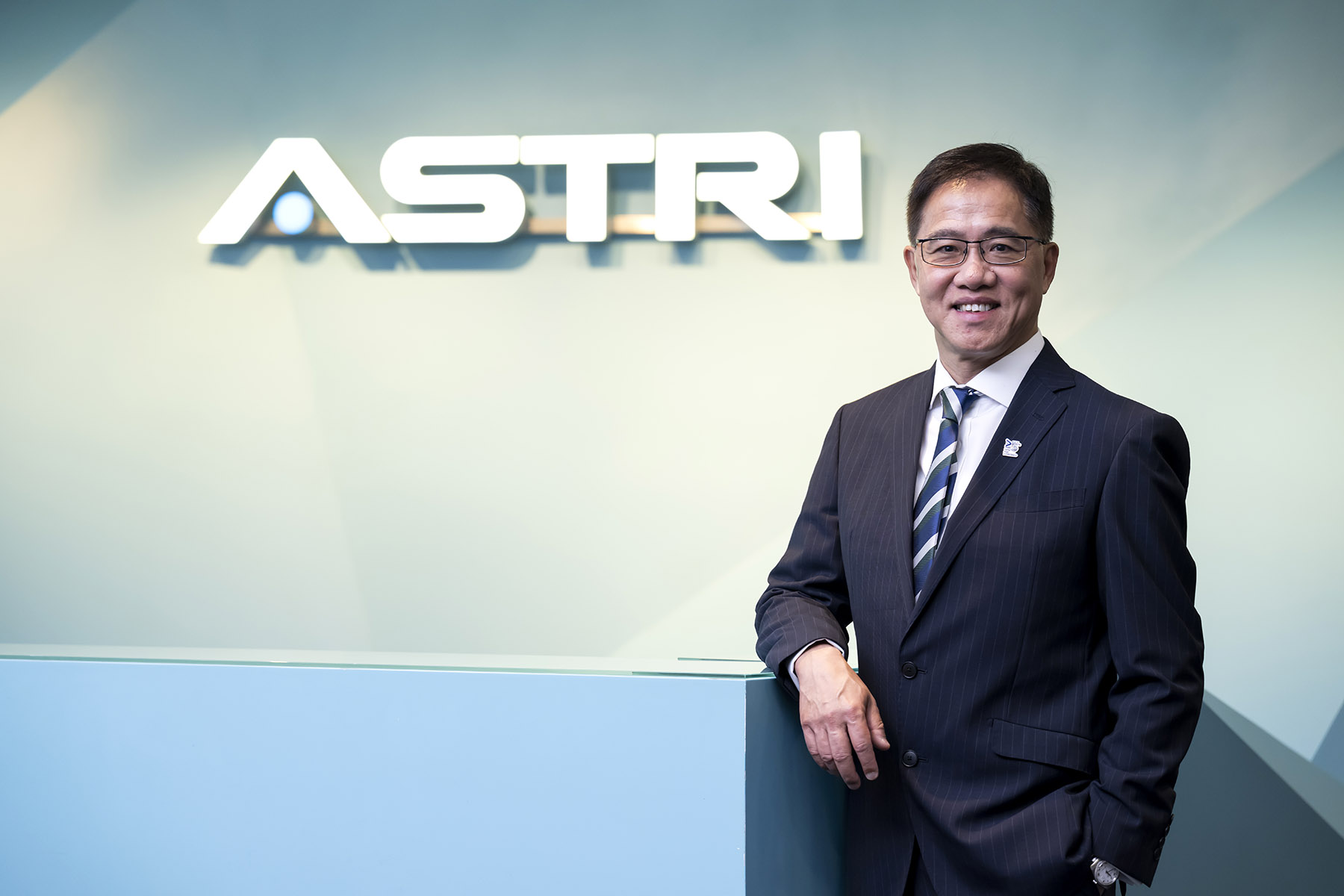Shenzhen’s Hetao cooperation zone has made major strides in its goal to become a world scientific and technological hub by dismantling policy barriers through close cooperation with Hong Kong on the cross-boundary flow of business and talent. Zhou Mo reports from Shenzhen.

Editor’s note: Development of the Hetao Shenzhen-Hong Kong Science and Technology Innovation Cooperation Zone is speeding up, with Shenzhen Park and Hong Kong Park forming a unified entity that promotes cross-boundary innovation and technological development. This three-part series illuminates the transformative role of the zone in breaking down barriers and fostering collaboration between the two regions. The second article focuses on Hetao’s institutional innovation and policy breakthroughs.
Travel between Shenzhen and Hong Kong has never been more convenient for Aldous Ng Kwok-sing, who commutes about five times weekly between the two places.
Efficient cross-boundary travel is crucial for the executive, who attends to daily matters at his company’s headquarters at Hong Kong Science Park, as well as its Shenzhen subsidiary in the Hetao Shenzhen-Hong Kong Science and Technology Innovation Cooperation Zone.
It used to take Ng more than an hour for a one-way trip — caught in long queues and having to go through complicated customs checks at Futian Port. But, this is history since Shenzhen introduced the “No 1 Channel” cross-boundary system at Hetao.
“Previously, traveling from Hong Kong to Shenzhen was like going on a business trip. Now, I feel like I’m in the same city. It takes me just 30 minutes to drive between both places,” says Ng, chief executive officer of CU Datahub — a Hong Kong-based enterprise specializing in network coding technology.
READ MORE: Leaps of life
The “No 1 Channel” system, designed to facilitate scientific and technological cooperation between the Hetao zone and the special administrative region, enables eligible individuals and vehicles to use special channels.
Since the launch of a direct bus route between Hong Kong Science Park Shenzhen Branch at Hetao and Hong Kong Science Park in Pak Shek Kok, the New Territories, in August last year, over 1,500 researchers have used the service. Compared to traditional boundary crossings, the new route has improved commuting efficiency by 30 percent.

Supportive measures
The initiative is among a slew of innovative measures enforced at Hetao. Since the promulgation of the Development Plan for Shenzhen Park of the Hetao Shenzhen-Hong Kong Science and Technology Innovation Cooperation Zone issued by the State Council in August 2023, a number of groundbreaking policies have been implemented, including “No 1 Channel”, “10 Measures by Customs”, “Kehui Tong” and favorable personal income tax policies for qualified enterprises and Hong Kong residents.
The innovative measures underscore Hetao’s resolve to be a “policy barrier breaker” in scientific and technological cooperation between Shenzhen and Hong Kong.
Under “10 Measures by Customs”, the declaration process, health and quarantine checks for research and development items, and systems for the import/export of equipment and instruments, as well as infrastructure supplies, are streamlined.
The “Kehui Tong” pilot program aims to address the challenge of cross-boundary fund transfers for research institutes — a critical step in Shenzhen’s push for technological innovation. Before the program came into effect in September 2023, non-enterprise research institutes on the mainland were not eligible to receive research funds from across the boundary or overseas, creating obstacles for Hong Kong universities to establish and operate such research units across the boundary.
As of August this year, five Hong Kong-funded research institutes have transferred research funds from outside the Chinese mainland through the program. The Hetao Shenzhen-Hong Kong Innovation and Translational Medicine Research Institute, for example, has received about 1 million yuan ($140,200) worth of research funds.
The program has since been expanded to 16 cities nationwide, including Beijing, Shanghai, Guangzhou, Hangzhou in Zhejiang province, and Nanjing and Suzhou in Jiangsu province.
The Hetao cooperation zone has made remarkable breakthroughs in reforming its mechanisms and innovation in the past two years, says Zhong Hai, director of the development office at the zone’s Shenzhen Park.
“Cross-boundary flows of people, goods, capital, information and technology have been smooth, and barriers to scientific research collaboration between Shenzhen and Hong Kong have been eased, creating a favorable environment for fostering and developing new quality productive forces,” he says.
Facilitating tech flow
The key to Hetao becoming a world-class scientific research hub lies in developing a systematic institutional framework focused on facilitating the cross-boundary flow of scientific research elements, says Zhong. “This means an all-around opening-up centered on ‘global talent’, oriented toward the ‘entire innovation process’ and advocating ‘cultural diversity’,” he adds.
Zhong notes that Hetao’s institutional innovation has played a vital role in promoting Hong Kong’s scientific and technological achievements. Five top-ranked universities from Hong Kong, along with the University of Macau, have set up research platforms at Hetao, and are carrying out more than a dozen scientific research projects there.
Ricky Lee Shi-wei, executive director of the Shenzhen Platform Development Office at the Hong Kong University of Science and Technology (HKUST), says Hetao’s policies, location and industrial support are among the main factors that have fostered the university’s scientific research achievements across the boundary.
“By taking advantage of these edges, our Shenzhen platform has gradually promoted collaborative mechanisms, including the joint development of research platforms, cross-boundary talent mobility and alignment of technology standards, thereby deepening the synergy between Shenzhen and Hong Kong in scientific and technological innovation,” Lee says.
HKUST’s SZ-HK Collaborative Innovation Research Institute, located at Hetao, boasts over 100 dual-appointed professors, 30 of whom were featured in a 2024 list of the world’s top two percent of scientists.
The institute, which focuses on key areas like artificial intelligence, life sciences and new materials, has filed 100 patent applications and formed partnerships with more than 20 industry partners in the past five years.
Hetao’s efforts in pioneering policy breakthroughs have also been a major reason for attracting Hong Kong enterprises to settle there.
CU Datahub has leveraged the zone’s innovative cross-boundary data flow policies to drive collaboration between Hong Kong’s insurance sector and the mainland’s healthcare institutions.
The company has built a compliant cross-boundary data platform focusing on healthcare data flows. It links Hong Kong insurance companies with mainland hospitals to address the inconveniences faced by Hong Kong residents seeking medical treatment on the mainland.
The platform enables direct data interaction between Hong Kong insurers and mainland hospitals, with the entire reimbursement process handled online without patients having to pay upfront before applying for reimbursements.
“Hetao provides a ‘first-mover’ advantage for cross-boundary data flow, with dedicated specialists assisting in policy alignment and implementation,” says Ng. “The policy support in cross-boundary data flow has also helped alleviate our financial burden.”
Last year, CU Datahub registered its Hong Kong data intellectual property in Shenzhen, and used it as collateral in securing a 1-million-yuan loan from a mainland bank.

Market-driven growth
While noting that Hetao has taken the lead in driving institutional innovations, Ted Suen Yiu-tat, chief executive officer of Hong Kong Applied Science and Technology Research Institute, believes that more measures should be taken to further enhance its competitiveness in the global technology race.
“Technological innovation should be closely aligned with market demands. This requires in-depth market research to guide the direction of such innovation,” he says.
ALSO READ: Hetao boosts Hong Kong-Shenzhen ties
He suggests Hetao provide venture capital, policy incentives and market guidance to entrepreneurs, encourage researchers to create tech companies, and accelerate the transformation of scientific research achievements into marketable products and services.
Building a sound technological and innovation ecosystem is also essential, he adds.
“This involves formulating and implementing policies conducive to scientific and technological innovation, such as preferential tax, intellectual property protection and financial support,” he says.
Contact the writer at sally@chinadailyhk.com


